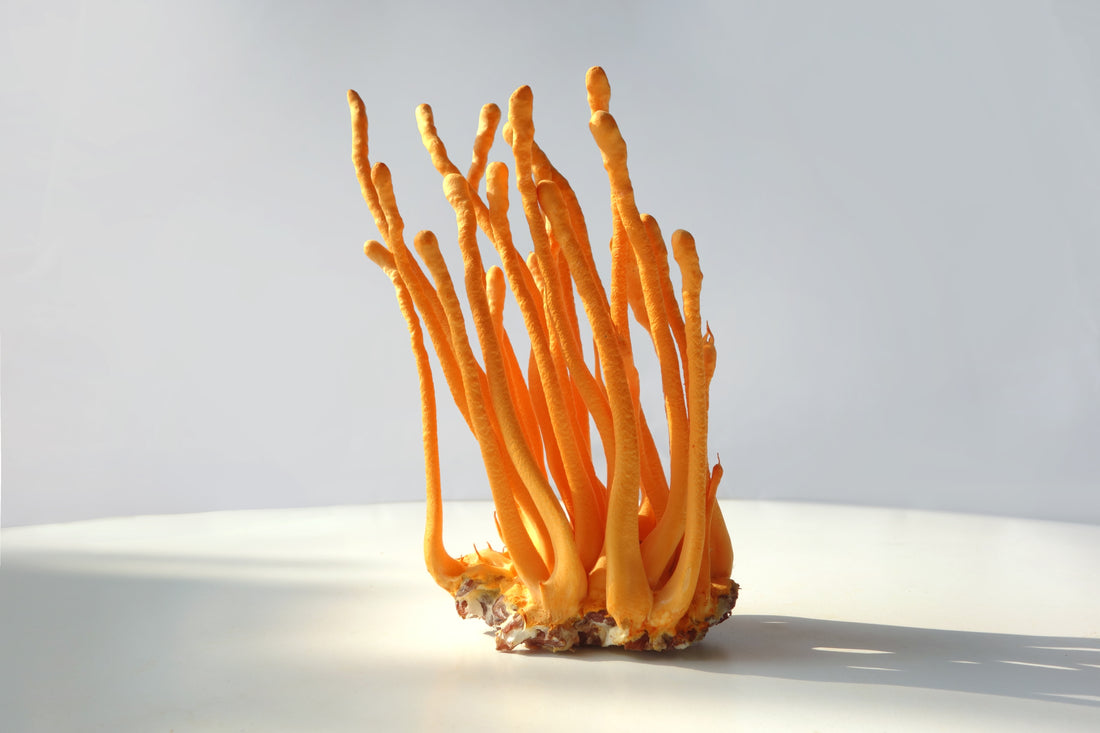Cordyceps is a genus of fungi comprising over 400 identified species, each with its own distinct characteristics. What sets Cordyceps apart from other fungi is its parasitic or, in some cases, saprophytic lifestyle. One of the most renowned species within this genus is Cordyceps sinensis, also known as the caterpillar fungus due to its peculiar mode of reproduction.
Beyond its ecological significance, Cordyceps has also garnered attention for its potential health benefits. Traditional Chinese medicine has long revered Cordyceps sinensis for its purported abilities to enhance vitality, boost the immune system, and improve respiratory function. Modern research has begun to uncover the bioactive compounds within Cordyceps, including polysaccharides, nucleosides, and cordycepin, which may contribute to its therapeutic properties.
The intriguing biochemistry of Cordyceps has paved the way for various applications beyond traditional medicine. Today, Cordyceps supplements, extracts, and tinctures are available in health stores worldwide, marketed for purposes ranging from improving athletic performance to supporting overall well-being. Additionally, ongoing research explores the potential of Cordyceps compounds in pharmaceuticals, agriculture, and bioremediation.

